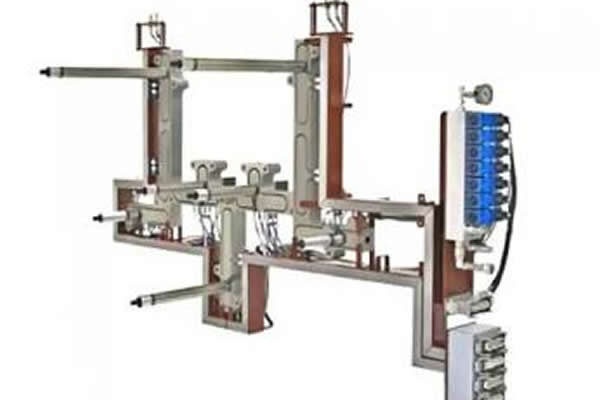
Although there are many hot runner manufacturers and various hot runner product lines in the world, a typical hot runner system is composed of the following major parts:
1. MANIFOLD
2. NOZZLE
3. Temperature controller
4. Auxiliary parts
We will delve into the types and applications of these parts in a future series of articles. A successful hot runner mold application project requires multiple links to ensure. The two most important technical factors are. One is the control of plastic temperature, and the other is the control of plastic flow.
1. Control of plastic temperature
The control of plastic temperature is extremely important in the application of hot runner molds. The processing and product quality that occur in many production processes
The problem directly stems from the poor temperature control of the hot runner system. For example, when using the hot needle gate method for injection molding, there are issues with poor quality of the product gate, difficulty in closing the valve needle when using the valve gate method for molding, and inconsistent filling time and quality of parts in multi cavity molds. If possible, the hot runner system with multi area temperature control should be selected as far as possible to increase the flexibility and strain capacity of use.
2. Control of plastic flow
Plastic needs to flow evenly in a hot runner system. The gate should be opened simultaneously to allow the plastic to fill each cavity synchronously. For FAMILY MOLD with significant differences in component weight, runner size design balance should be carried out. Otherwise, there will be problems such as insufficient mold filling and pressure retention for some parts, excessive mold filling and pressure retention for some parts, and poor quality due to excessive flash. The size design of the hot runner runner should be reasonable. The size is too small, and the filling pressure loss is too large. If the size is too large, the volume of the hot runner is too large, and the plastic stays in the hot runner system for too long, which damages the material performance and causes the parts to fail to meet the usage requirements after forming. There are already CAE software in the world that specifically helps users design the optimal flow path, such as MOLDCAE. 1. Plastic material types: Hot runner molds have been successfully used to process various plastic materials. Such as PP, PE, PS, ABS, PBT, PA, PSU, PC, POM, LCP, PVC, PET, PMMA, PEI, ABS/PC, etc. Any plastic material that can be processed using a cold runner mold can be processed using a hot runner mold.
2. Part size and weight
The minimum size of parts manufactured using hot runner molds is below 0.1 grams. The largest one is over 30 kilograms. The application is extremely wide and flexible.
3. Industrial sector
Hot runner molds are widely used in various industrial sectors such as electronics, automobiless, healthcare, daily necessities, toys, packaging, construction, and office equipment. The production of hot runner molds is extremely active in industrialized countries and regions around the world. The proportion of hot runner molds is constantly increasing. Many small mold factories with less than 10 people produce hot runner molds. Overall, North America and Europe have been using hot runner technology for a long time and have a higher level of experience. In Asia, apart from Japan, Singapore, South Korea, Taiwan, and Hong Kong are leading the way. Although the level of mold manufacturing is relatively high in North America and Europe, the prices are higher and the delivery time is longer. In contrast, Asian hot runner mold manufacturers are more competitive in terms of price and delivery time. However, China's hot runner molds are still in their early stages, but they are growing rapidly and the proportion is constantly increasing.


